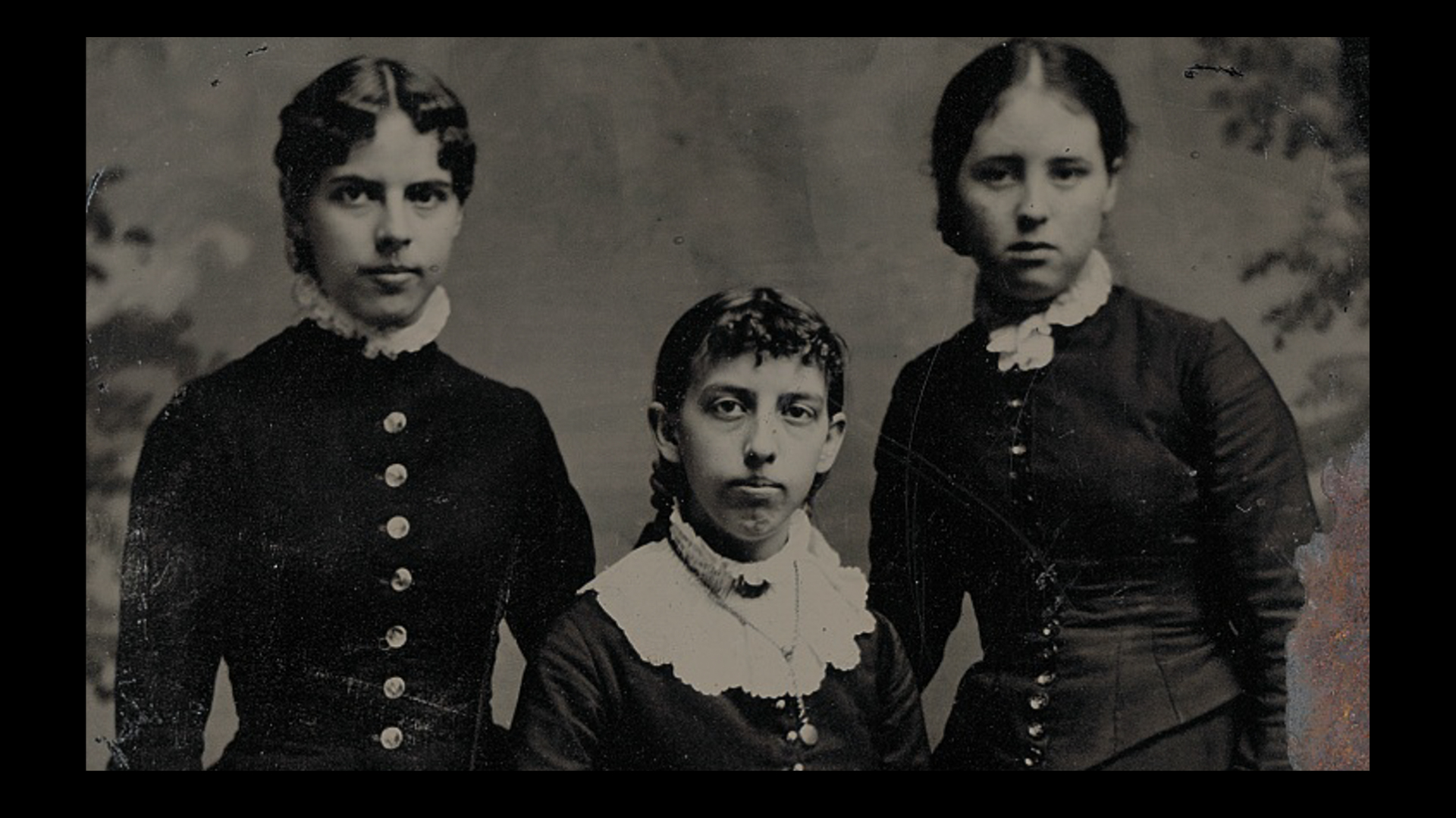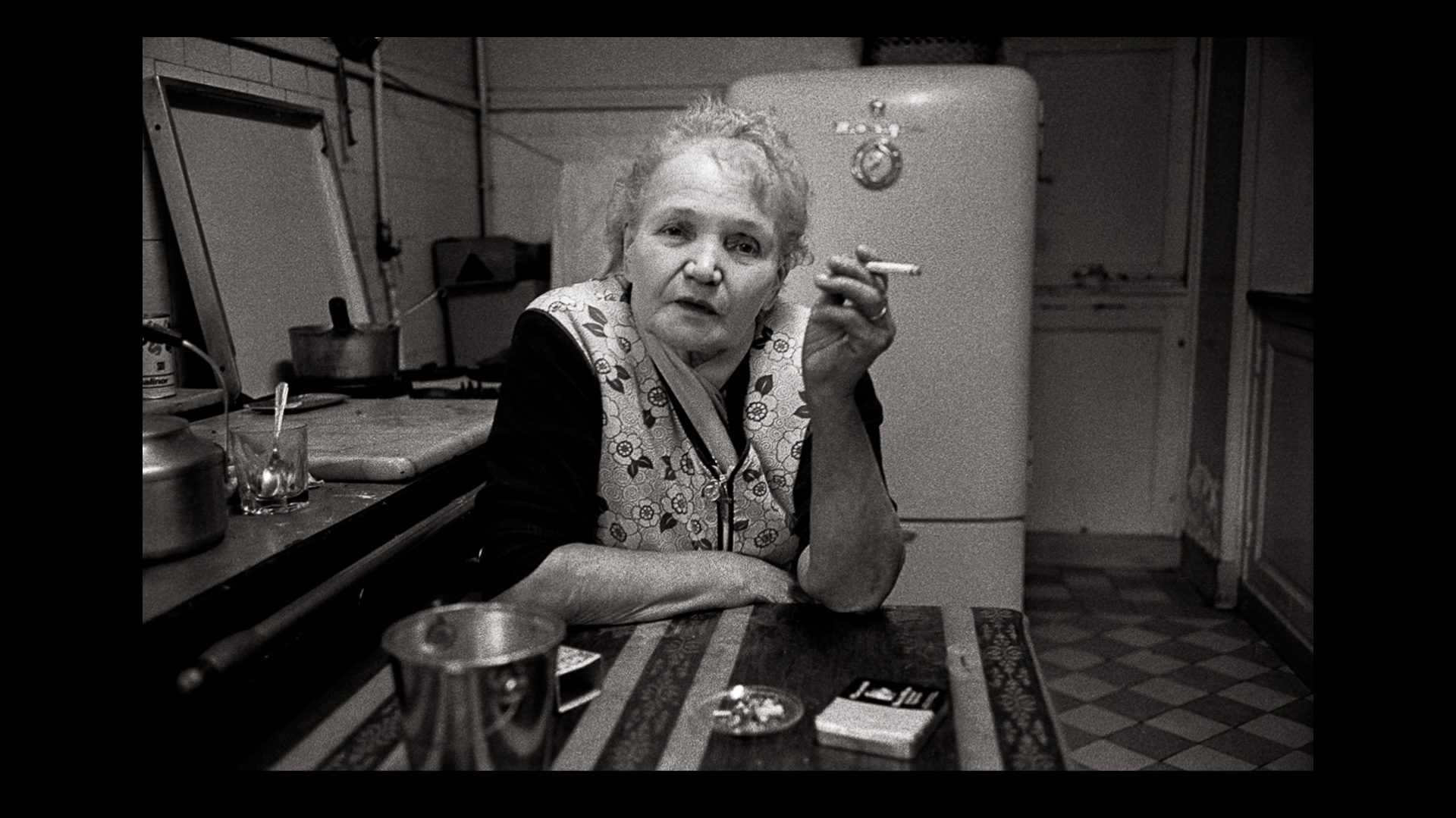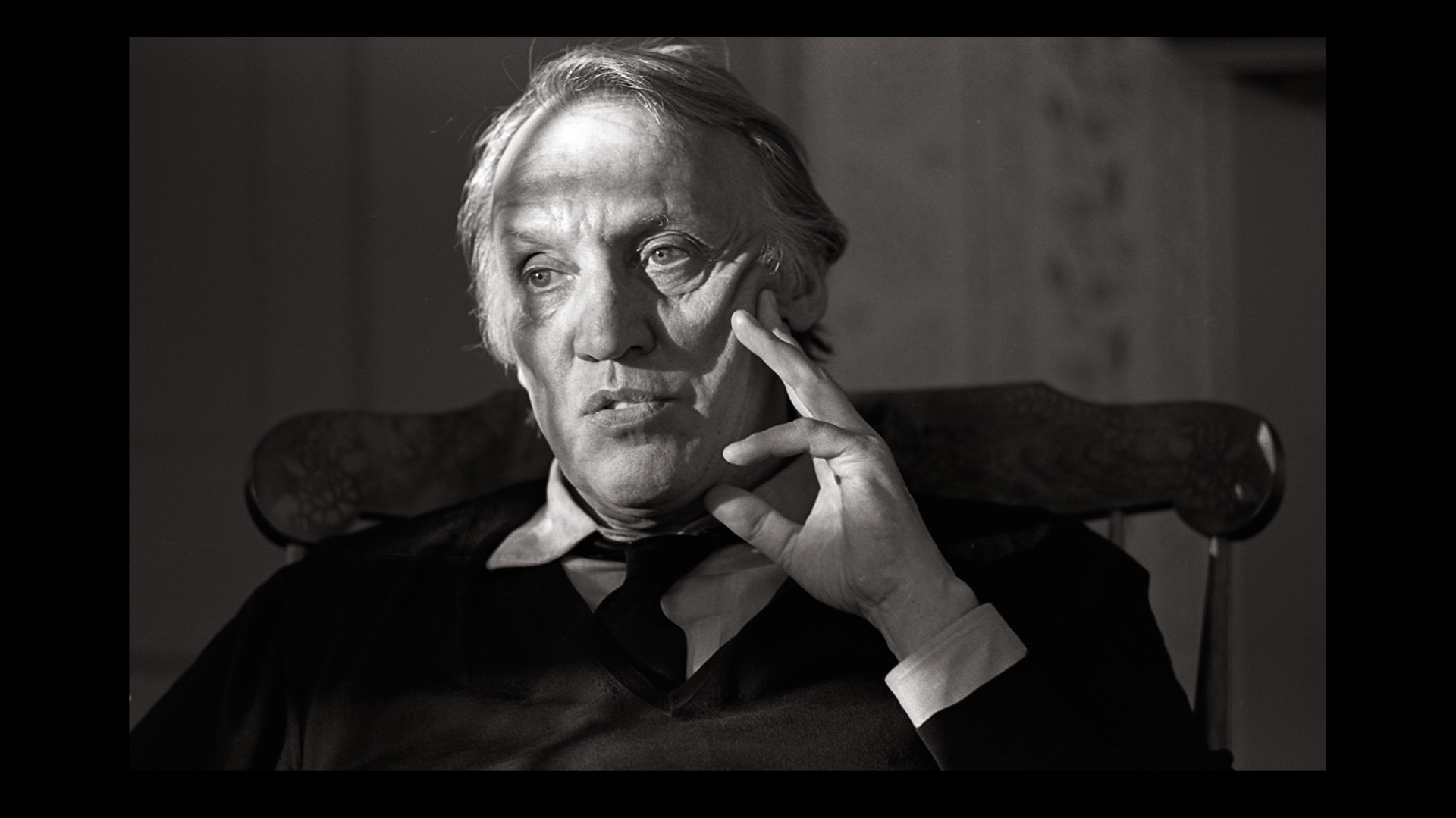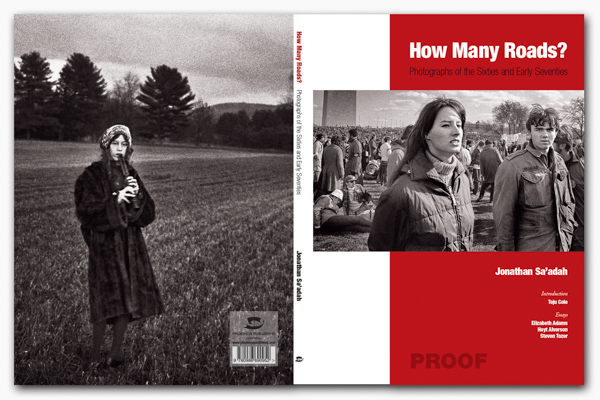
Not a smile to be seen anywhere Three sisters, about 1885. Cropped tintype from US Library of Congress.
Lena Dunham (of the TV show Girls fame) has been having a public spat with a Spanish magazine, accusing the publishers of using Photoshop to improve her thigh. Usually, being “improved” is something people like. Objecting is a twist. Dunham says her problem is the result of a recent change that leaves her against the retouching of photos – even to her benefit. Never one to miss good dialogue, she put it crisply: “I want to be able to pick my own thigh out of a lineup.”
From a personal point of view, I smell a publicity stunt – she’s a master of that sort of thing. But a large part of me hopes that she’s actually being honest.
I’ve photographed people a lot and I know that everyone has some part of their body that they’d rather be without – or at least not reminded of. For me it’s the back of my head. For others their nose, their chin.
The way this insecurity often manifests itself is in heavy breathing that ensues after a photo portrait. I’m not surprised about it, it seems normal. The common refrain goes like this: “It isn’t that the photos are bad, I just can’t stand the way my [fill in the blank] looks.”
This insecurity seems almost an universal attribute, at least in our culture. Probably, as a photographer, the kindest approach would be to sit down and interview each person about to be photographed. Usually there’s an unstated tension around portraiture, and it would be easier (and kinder) to have it out in the open. But it’s not like I haven’t experimented. I have one close friend who’s always complained about the way she looked in my photos. Finally, out of some frustration, I let her determine all the variables. What she wanted was a Vogue-style experience, complete with fancy makeup and hair, rim lighting, and styled clothes. I did it. She liked it – I didn’t.
I’ve always been attracted to portraits that say something about the person. It can be a relatively unadorned physical representation of that person – how they looked in a specific period of time in their lives – or it can dig deeper down. I like both. It’s not that I want to make people look bad, and I hope I don’t do that. That’s not my intention, of course, it’s just that I think being human means a lot besides a smiley face.
So I do want to applaud Lena Dunham. She’s a good enough artist and show-person that I’m sure she’ll be in the public eye for a long time, and it will be interesting to see if she adheres to her current position. But for now, she seems on the right track. I will be following her and hope her new-found conversion will include pictures with more than a pretty smile.





Hi Jonathan, I’ve just reconnected with your blog which I hadn’t read since your last Mexican trip. All your posts are interesting,I recognise your personal ‘voice’ in each of them and your photos are always terrific, especially the portraits.
What you say about the problem many people have (including me, as you know!)about being photographed is all true but it’s a difficult subject.I wholly agree that the truth of a portrait is vital and doing a Vogue shoot with all the makeup,lighting and airbrushing has nothing to do with truth – it’s artifice and showbiz. But I don’t think the reluctance many of us feel about being photographed is necessarily vanity. Everyone has many faces and many sides to their character, and even looking in the mirror doesn’t always show the same aspect. So the photographer takes a shot, at a particular moment, in a particular light, and he/she is interested in the picture seen through his lens. Fair enough, that’s his art, his job, he’s free to shoot whatever he wishes. But if he’s captured an aspect of that person’s face which isn’t really ‘true’ to what she herself feels is ‘true’? I’m not sure I can explain what I mean because it’s all so subjective. We’ll have to talk about this again some day in the ‘real’ world!
I have to admit that I did think of you when writing the post, Natalie! But it was also because of looking at your beautiful book with all the self-portraits, and how you captured different moods and emotions in yourself. So, to me, you speak with an authority.
One of the most difficult aspects of moving to Quebec for me has been the general feeling here that the default state is that a human image is off-bounds in (almost) all contexts without permission. At the core that agrees with what you are saying. Am I fair?
To me that’s a mistake and wrong. To me it’s unfortunate (in many senses) that what’s happened here is that the public-space/private-space argument has been resolved with the result that public-space photographs of people are off-bounds. It’s probably no surprise that photographers have a problem with this – you can be happy you are a painter and can always wiggle out of it!
So I agree with you in the private-space realm that the default is off-bounds, but in public-space we are all humans interacting with each other and if I say “You know, I really don’t like so-and-so because they are a bit of a bore” (or worse) I have that freedom – we all have that freedom – and the visual aspect is a subset of that freedom. It makes life interesting and denotes a kind of society where we all have interconnections and relationships. As an added benefit, a lot of art has been created out of that freedom too.
Like you said – not necessarily straightforward!
Jon, I agree that the ‘permission’thing is often overdone and I myself have often taken spontaneous snaps of people in public places and I certainly didn’t seek permission first. But with the advent of the internet, all sorts of tricky things have happened. A photo of you that’s posted on the internet is there forever, whether you like it or not. This may be fine with some people but not with others, for many reasons. My own reluctance to be snapped by others is, I suppose, partly vanity (ie the effects of getting older!) and partly what I said earlier about having many sides to one’s personality. Suppose someone took a shot of me when I was talking angrily with another person: it might be an ‘interesting’ photo from the photographer’s point ov view, but it would be a fixing in time (like carving in stone) a moment or aspect of me which is only one of many facets. If that photo then becomes public, it means that I had no choice in the matter. I know this brings up all sorts of questios about freedom of expression! Let’s talk about this some day, can’t possibly fit it into a box!
Natalie – thank you for engaging me in this and I appreciate your thoughts, and after this let’s let it lie and we can take it up later. I see photos on the internet as being quite ephemeral, assuming the metadata is removed. I’m quite scrupulous about that when I need to be, because I use metadata a lot. I think in forty years hardly anything will survive – it won’t be like your book, where each precious painting has been kept and hopefully pampered by the owners. I think that a lot of the feeling that the “internet is forever” is stoked by the press through sensationalizing sex tapes and things like that. Those get a gazillion downloads, and photos of normal people like on a blog – well, it would be great if 300 people saw them! I keep on reversing myself and asking how I’d feel, and it seems to me that the majority of pictures other people take of me in public spaces are okay, but I do object to them getting tagged with metadata, which I don’t think even registers on the scale of the discussion. In any case, thank you so much for thinking about this and I really love your self-portraits; they will live on and dominate any discussion!
A little off the subject (a lot, actually) but I would love to post photos of my children and grandchildren on my blog but don’t. This is a big privacy matter with all of us. They want to control their images.
I can see the dilemma this poses for a professional photographer, and I have a friend who never uses photos of anyone in her art photo work without having them sign a permission form to use photos of them.
Hi Hattie – As you know Cassandra has been blogging for 13 years now and over those years we’ve had various discussions about privacy and control, as you can imagine! Now that I’m a newbie blogger I think about the same things, which tie into Natalie’s comments as well. I think there are boundaries between commercial and non-commercial use, and public and private spaces. And then there are just human considerations. For instance, I know how Natalie feels so even though I may be in a public space I would rather not lose a friendship even though from a legal point of view (in some countries) I would be on solid ground.
Same with family or other people. Some people care, some don’t, but I try to be respectful and strike a balance. Not easy… For instance, if the Pope had been visiting Quebec (I don’t think he dares!) instead of Mexico and I had taken the photos here that I took there, it would generally be frowned on. That doesn’t mean I wouldn’t take them, but it’s kind of unacceptable behavior. Good photographers like Blork (link here and here) have made a point of taking this on.
Off topic too – but I’ve been enjoying your posts. Will comment over there. Thanks for your comment here.